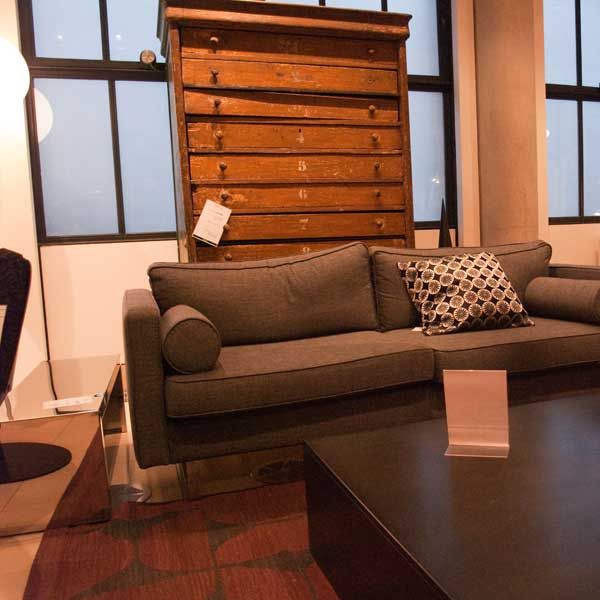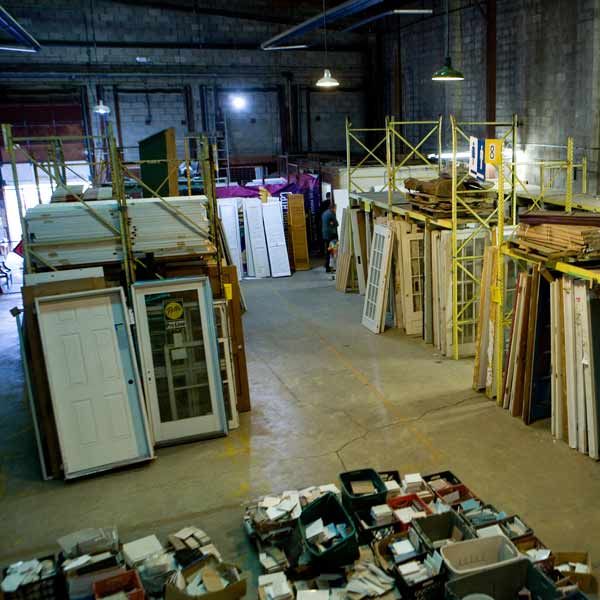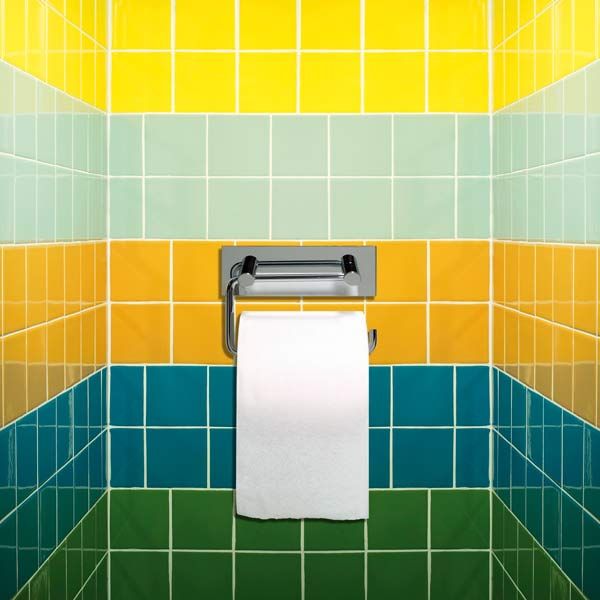
Home remodeling is exciting, but expenses can quickly add up when the projects involve features such as appliances, cabinets, countertops, flooring, or windows and doors. Factors such as scope, material quality, labor, location, and permits can also drive up this cost. However, with smart shopping strategies and insider knowledge, you can reduce your expenses without reducing quality. We’ll explore ways to save money on home remodel supplies, from local stores to strategic purchases.
Smart Shopping Strategies for Discounts on Remodeling Supplies
Here are some strategies to help you get the best deals on your remodeling supplies.
Shop Mom-and-Pop

Independent retailers often have more pricing flexibility than large chain stores. Ken Eilers, co-owner of Borderland Hardware in Mercedes, Texas, says the best way to get a reduction on pricey power tools, for example, is to talk to a senior employee, such as the store manager or the owner. “It shows that you’re serious about purchasing something.” A successful negotiation starts with a respectful conversation and some rapport building. You should also be prepared to buy if they accept your price.
Get a Package Deal

When buying multiple items, consider getting everything from one retailer for additional savings and perks. Allan Schuster, former sales manager at Gringer and Sons in New York City, explains: “With a larger order, we not only guarantee a lower price, but we may also include free delivery or an extended service plan. I’ve even given away microwave ovens—whatever it takes to close a deal.”
First, research prices from multiple retailers. Once you find the best fit for your needs, price out and present your total order to negotiate a better deal. Ask about additional services or items they can bundle for an even bigger discount.
Scratch-and-Dent Options

Many stores offer discounts on items with minor cosmetic imperfections. These scratch-and-dent sections can be goldmines for savings on appliances, furniture, and building materials. Be sure to inspect these items carefully and consider whether you’re okay with visible flaws on the appliances. Ask for additional discounts on particularly scuffed up items.
Janice Simonsen, Senior PR Specialist for IKEA, notes, “The products in our as-is department mainly come from room displays, so you can find just about anything in the store. Discounted furniture consistently comes in and out.”
Score New at Reuse Centers

Reuse centers are sources for discounted prices on both new and gently used building materials. These centers often receive donations from builders, designers, and showrooms and offer a wide range of items at reduced costs. Be sure to check the condition of items carefully and visit frequently, especially during peak periods, for the best finds.
Steve Feldman, founder of Green Demolitions in Fairfield, New Jersey, explains: “Builders and designers donate job-site surplus in exchange for a tax deduction. Some showrooms even donate display models.”
Salvage from Nearby Renovation Projects

If you notice a neighbor or nearby property undergoing renovations, ask about buying their leftover materials. You get a discount, and they can avoid the hassle of returns or disposal. Always ask the homeowner’s permission before talking to their contractor.
Purchasing Remodeling Supplies at the Right Time for Maximum Savings
Research the best seasons to buy the materials you want and plan ahead to get the best deals.
Plan Ahead and Prepay

Creating a detailed project plan in advance and buying materials in bulk can increase your savings. Contractor Brian Siegrist of Siegrist Construction in Overland Park, Kansas, suggests: “You can go through the pro desk for the entire order and get as much as 20% off.” You can also avoid potential project delays by having your supplies ready to go, even if you don’t need them immediately.
Buy Out of Season

Different times of the year can offer better deals on certain remodeling supplies. For instance, Feldman notes: “People don’t do a lot of renovations between mid-November and the end of December, so inventory piles up. “
For a chance at the best deals:
- Buy outdoor renovation supplies at the end of summer
- Shop for major appliances in September or October when new models are released
- Look for tools and building materials during holiday sales
Get Discounts on “Out of Fashion” Materials

Home decor trends can affect material prices. Contractor Mark Clement, host of the MyFixItUpLife radio show, advises: “I often see stacks of tiles that are beautiful, but they’re on sale for cheap because there’s been a shift in color trends.” Ask about discounts on last season’s trends and look for classic styles, like simple patterns or earth tones, that may be on sale.
DIY Cost Saving of Remodeling
Here are some money-saving DIY ideas to consider.
Assemble Products Yourself

Many stores offer discounts on unassembled items that typically come already put together, such as outdoor furniture or lawn equipment. Ken Eilers of Borderland Hardware notes, “If I have an assembled mower on the floor, I may give you $20 off if you’ll take one from a box in the back that I haven’t put together yet.” Ask about these discounts, and be sure you have the time and tools to build them.
Trade Discounts and Pro Desks

You can often get contractor discounts by buying materials through the home improvement store pro desk. This works best when buying all the materials for an entire project at once. You don’t always need to pick up your materials at once—many stores will hold your purchase for later pickup.
Many suppliers offer trade discounts to professionals, but these can also be extended to savvy DIYers or homeowners who have built a strong relationship with their contractor. Siegrist shares: “I have clients with small painting projects that they want to do on their own, and I tell them to use my name at the local paint store, and the clerk will give them my discount.” Ask about these discounts and name-drop your professional for better success.
Create a Realistic Budget
First, research average costs for similar projects and get multiple quotes from contractors. Prioritize what you need over what you want, and include room in the budget for any surprise expenses. Focus on improvements that add the most value to your home long-term, and balance cost and quality. Be sure to factor in material and labor costs and any required permits or inspections.
